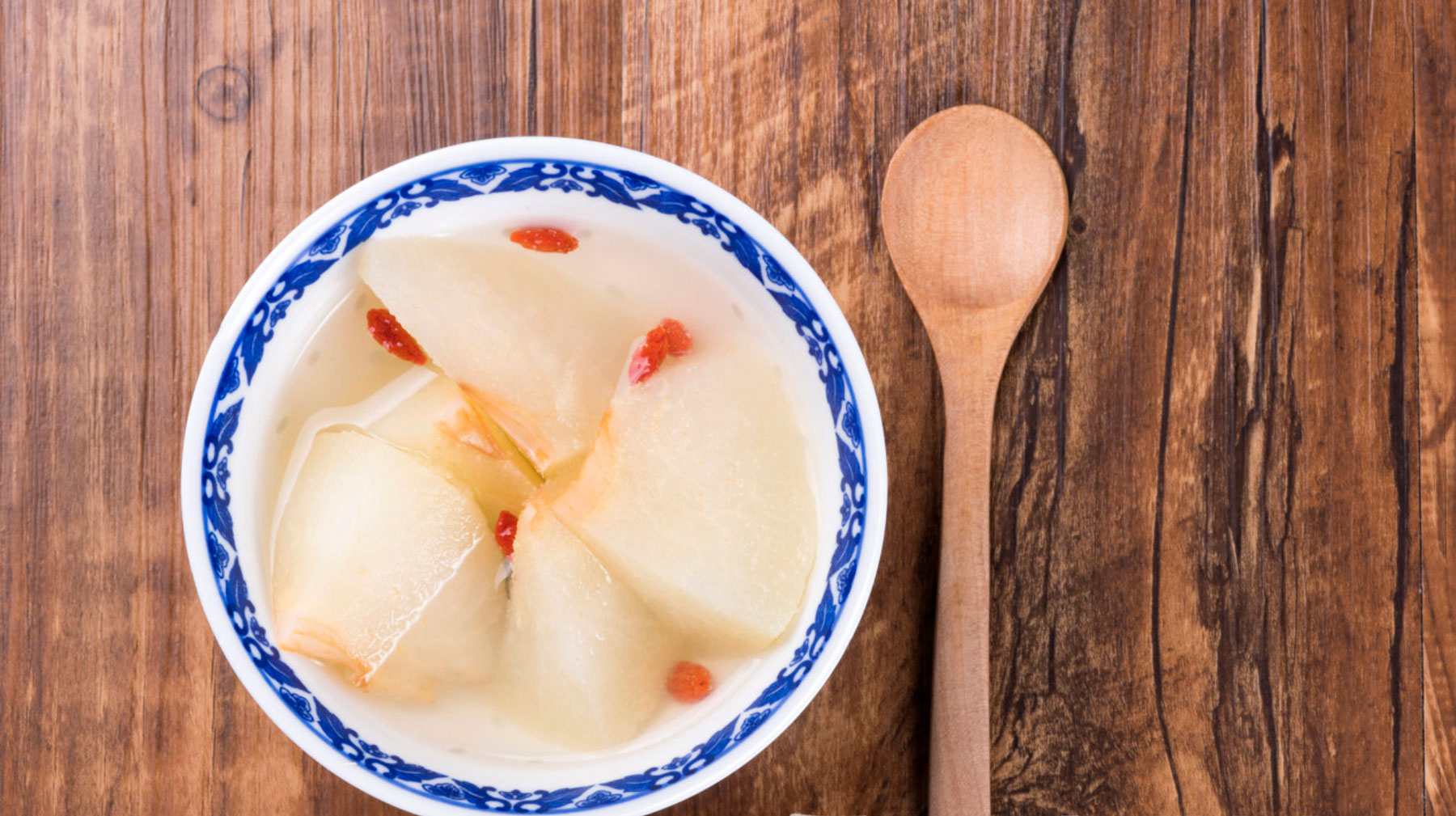


(Photo/People's Daily Online)
Chushu or "Stopping the Heat" falls on August 23 this year. As the 14th of the 24 solar terms in the Chinese Lunar Calendar, it reflects the end of the hot summer period.
The Chushu period will witness a change in temperature, as China starts to cool down for autumn. During this time, it will still be hot during the day but cooler in the mornings and evenings. According to traditional Chinese theory, people should pay attention to the balance between the yin and yang in the body, and wear suitable clothing during the day.
It's also suggested that rest and diet change accordingly. Getting enough sleep is very important, and taking an afternoon nap will help avoid fatigue while enhancing the body's natural defenses. Spicy or fried food together with the upcoming autumn dryness could be harmful, so traditional Chinese theory suggests going for light meals full of vitamins and protein, which are meant to be better for the stomach and spleen.
People in China often take a short vacation out of the city to welcome in the Chushu period. Another ancient tradition is to light lotus-shaped lanterns to float down the river. It's thought that by doing so, ghosts of those who have died at sea will be guided to heaven.

(Photo/Pixabay)
For fishermen, Chushu is the start of harvest season as the summer fishing ban is lifted. A grand festival is generally held to welcome in the fishing season.
What to eat during Chushu?
Duck
It is a tradition for people to eat duck during Chushu. Duck helps eliminate the heat in the human body. There are various ways to cook duck, which include sliced duck, lemon duck, ginger duck, roast duck, lotus leaf duck, and walnut duck. Beijing has retained this tradition; people usually buy Chushu Lily duck during this solar term.

(Photo/Pixabay)
Tomatoes
Tomato contains abundant vitamin C that is thought to prevent the common cold. Another substance called lycopene in tomatoes is a natural pigment that turns tomatoes red, which also repairs oxidative damage and helps soften blood vessels.
Snow fungus and pear stew
Steep snow fungus in water at room temperature and cut pears into slices of 0.5 centimeters thick. Put the ingredients into a pot then stew for several minutes and serve it hot or cold. Add sugar to taste.

(Photo/Pixabay)
Snow fungus, also called silver ear fungus or white jelly mushroom, is traditionally used in sweet dishes in Chinese cuisine. While tasteless, it is valued for its viscous texture as well as its supposed medicinal benefits. Pears are a good source of dietary fiber and a good source of vitamin C. Snow fungus and pear stew might provide relief and prevent coughs, asthma and constipation.
Lotus root with honey salad
Scald the skinned and sliced lotus root then place slices into a mixing bowl. Gently toss the salad with honey and serve immediately.
Lotus root is rich in dietary fiber, vitamin C, potassium, thiamin, riboflavin, vitamin B6, phosphorus, copper, and manganese, while very low in saturated fat. It is also an excellent source of slow-digesting complex carbohydrates, which help reduce blood cholesterol, body weight and constipation problems.
Honey is a mixture of sugars and other nutritious compounds. As with all nutritive sweeteners, honey is mostly sugar and contains only trace amounts of vitamins or minerals. Honey also contains tiny amounts of several compounds thought to function as antioxidants. It is excellent for skincare. In addition, it's thought that consuming honey in the fall also helps nourish lungs.

 Award-winning photos show poverty reduction achievements in NE China's Jilin province
Award-winning photos show poverty reduction achievements in NE China's Jilin province People dance to greet advent of New Year in Ameiqituo Town, Guizhou
People dance to greet advent of New Year in Ameiqituo Town, Guizhou Fire brigade in Shanghai holds group wedding
Fire brigade in Shanghai holds group wedding Tourists enjoy ice sculptures in Datan Town, north China
Tourists enjoy ice sculptures in Datan Town, north China Sunset scenery of Dayan Pagoda in Xi'an
Sunset scenery of Dayan Pagoda in Xi'an Tourists have fun at scenic spot in Nanlong Town, NW China
Tourists have fun at scenic spot in Nanlong Town, NW China Harbin attracts tourists by making best use of ice in winter
Harbin attracts tourists by making best use of ice in winter In pics: FIS Alpine Ski Women's World Cup Slalom
In pics: FIS Alpine Ski Women's World Cup Slalom Black-necked cranes rest at reservoir in Lhunzhub County, Lhasa
Black-necked cranes rest at reservoir in Lhunzhub County, Lhasa China's FAST telescope will be available to foreign scientists in April
China's FAST telescope will be available to foreign scientists in April